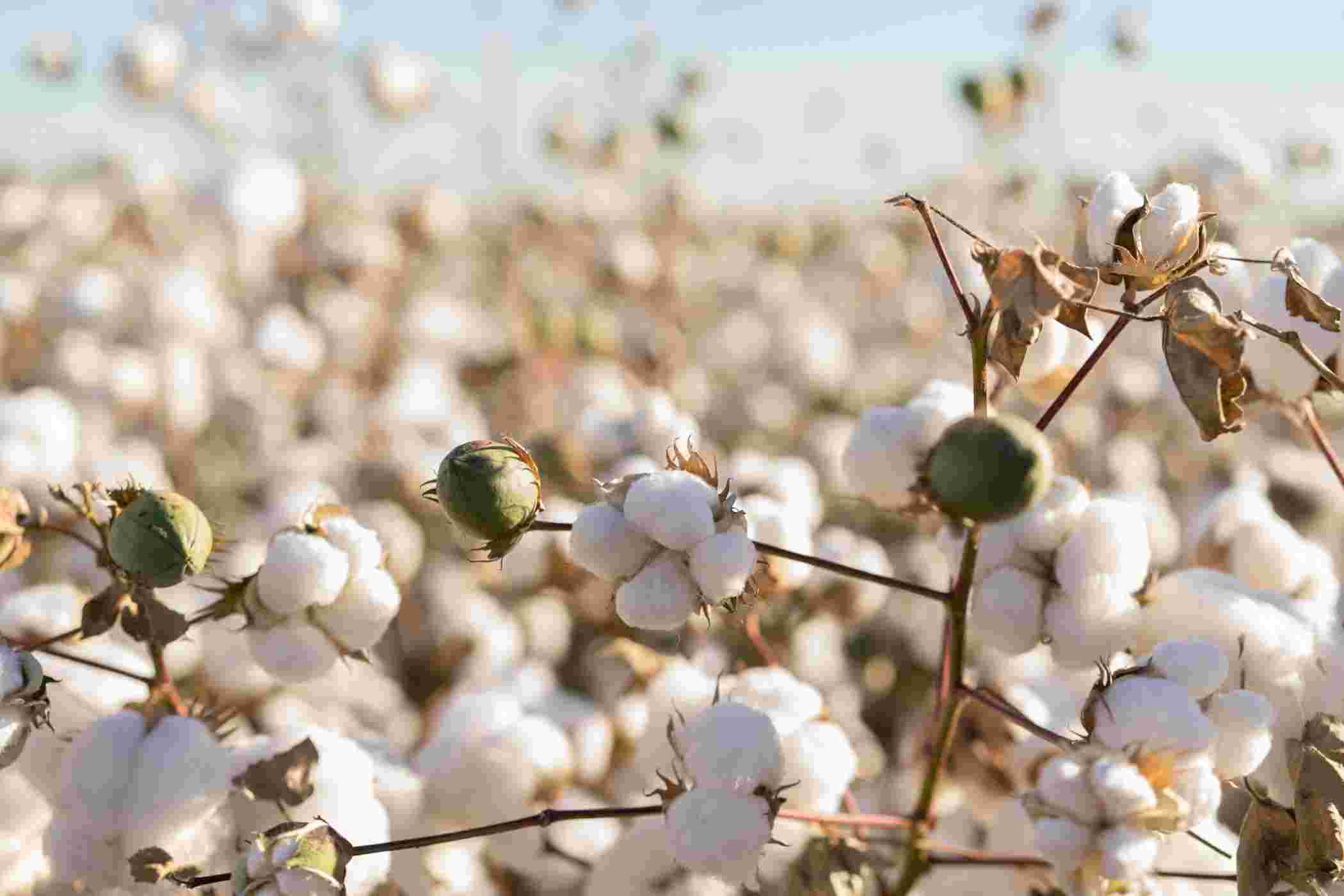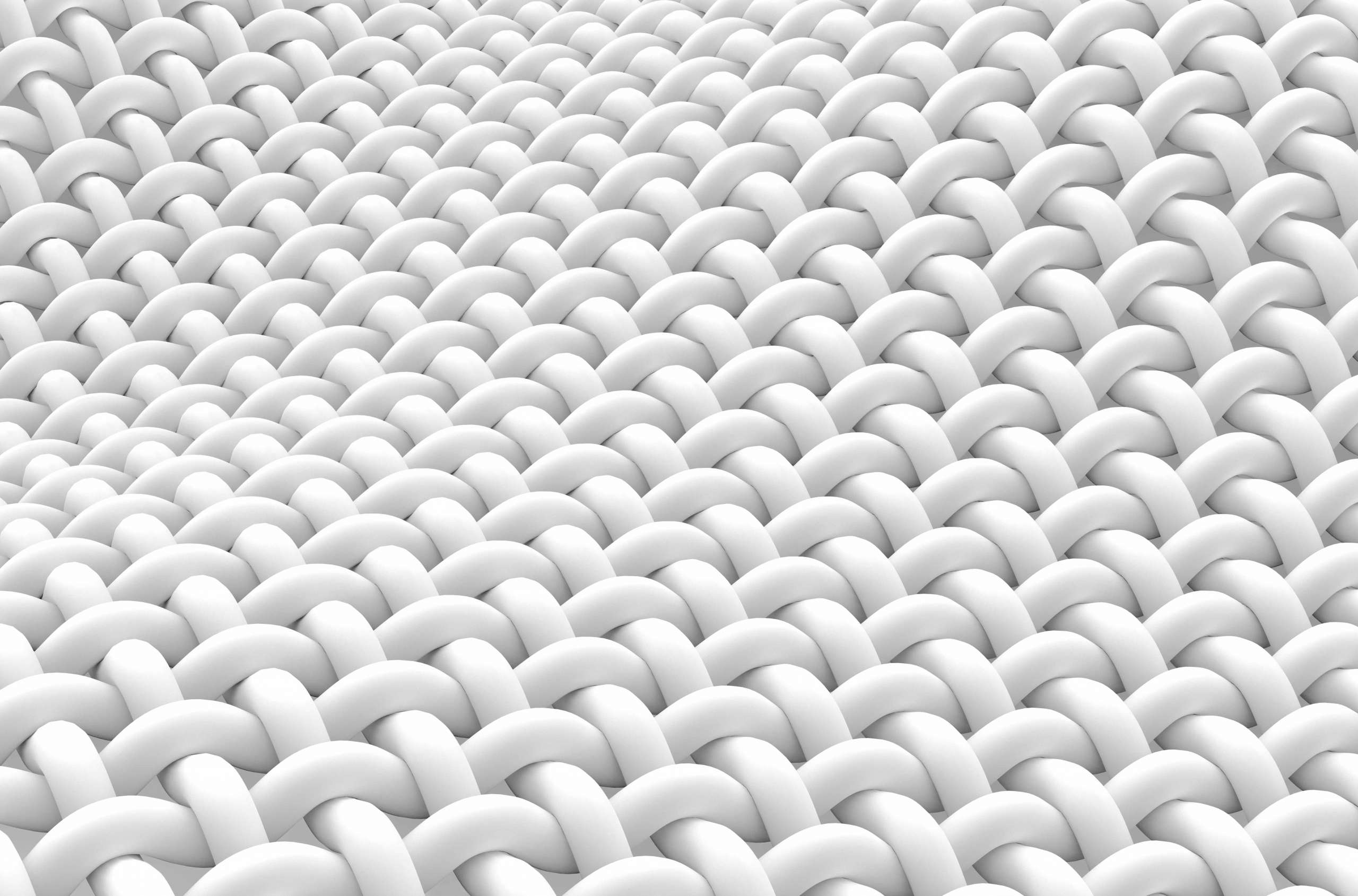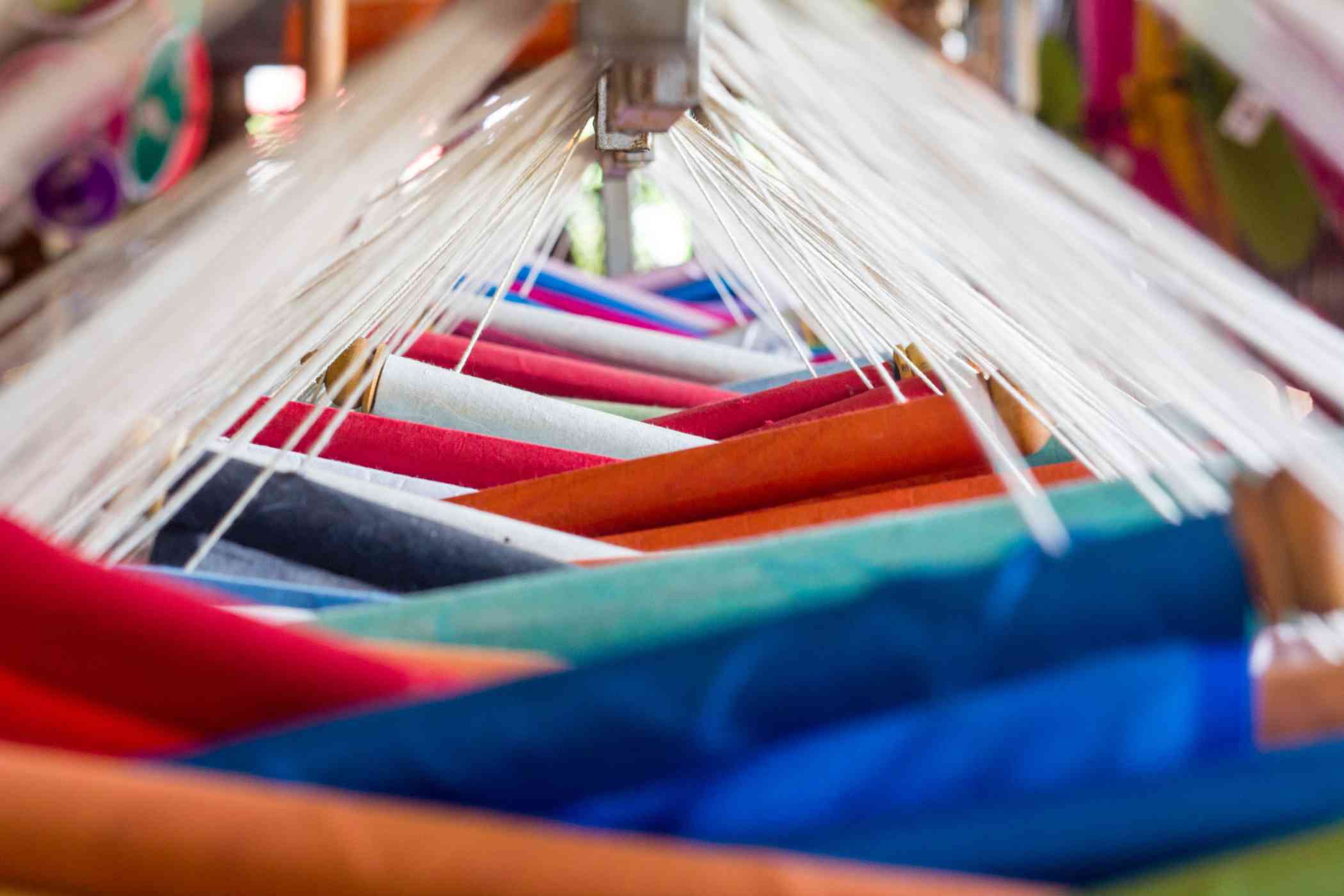Advantages and Disadvantages of Muga Silk

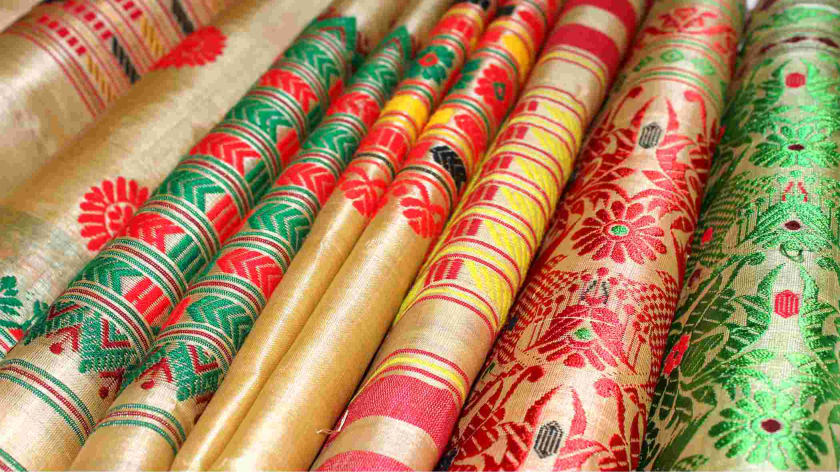

Silk is referred to as the "Queen of Textile Fibers" because of its shine and luster. It is one of the most elegant and valuable fibers given to us through nature, but it has been overshadowed in recent decades by other fibers, especially synthetics.
However, its significance to the textile sector has recently grown, partly owing to the current trend toward natural goods. This has resulted in a rise in demand for natural fibers, particularly silk, which combines the best characteristics of comfort and wearability with an eco-friendly nature. Silk's lustrous look is due to the threads' triangular prism-like structure, which enables silk fabric to reflect incoming light at various angles.
Silk is classified into two types:
- Domestic silk
- Wild silk
There are three types of wild silk:
- Eri
- Muga
- Tussar silk
What is Muga Silk?
Muga silk, also known as Moonga Silk, is one of the most sought-after silks in the world. It is manufactured only in Assam. What distinguishes this silk from the others is that it is completely golden yellow in hue. In Assamese, the term 'Muga' means 'yellowish'. It is derived from the Muga Silkworm, which dates all the way back to the dinosaur world and is so delicate in character that it cannot withstand even the tiniest amount of pollution. It is produced from "Antheraea assamensis", a semi-cultivated silkworm. It is organic and natural and the strongest natural fiber known to humankind.
Origin and History of Muga Silk
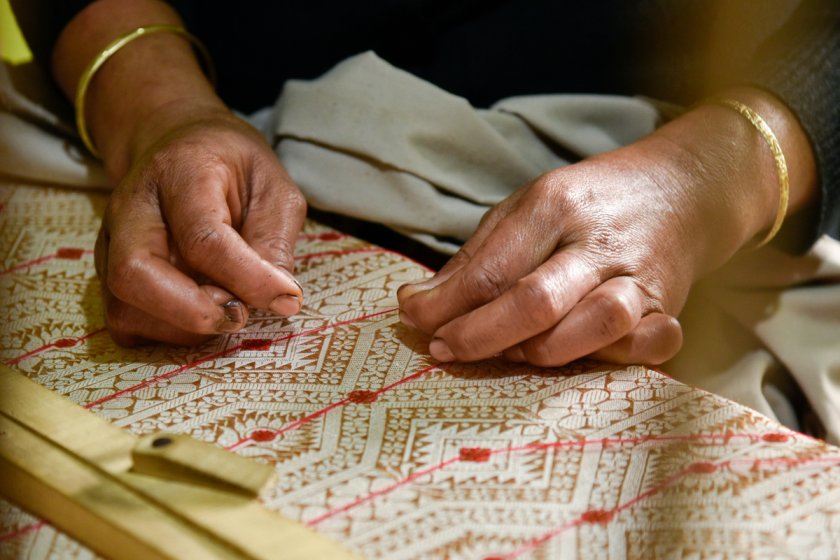
Sericulture is an old Assamese business that has no clear chronological limit attached to it. Although Muga silk manufacturing records have existed from the dawn of time, they initially came to light under the Ahom dynasty.
Muga culture flourished throughout this time period and formed an important component of the people’s social and economic life. Ahom rulers were renowned to wear exclusively Muga silk, which was stored throughout the kingdom and given as one of the most reputable local gifts to their court guests.
Since 2007, Muga silk has been designated as a Geographical Indication (GI), and the Assam Science Technology and Environment Council has recognized the mark for genuine manufacture. India's Central Silk Board is authorized to examine Muga silk goods, verify their authenticity, and authorize merchants to use the GI mark.
Present Scenario
The majority of Muga Silk cultivation occurs in Assam's West Garo hills, with a little amount occurring in Assam's west Khasi hills, which are the sole habitats for the silkworms "Som and Soalu" that produce the Muga Silk thread.
Typically, a silk farmer in the Garo hill area requires at least one acre of land on which he can grow about 400 gms of Muga silk at a time. Traditionally, this muga silk has been used to create women's clothing known as "mehelka - sadar".
What are the advantages of Muga Silk?
As a natural fiber and fabric, Muga Silk is becoming buried in all of these contemporary inventions that have nothing to do with the original product.
- Soft fabric: The Muga silk fabric has a very smooth surface, is exceedingly soft to touch, and is highly lustrous. Even delicate skin is not irritated and you feel as if you are wearing nothing at all. It gently caresses your body.
- Free of chemicals: It is chemical-free and made entirely of natural fibers. Muga silk fibers resemble human hair. It has 97 percent protein, 3% fat, and wax, and contains 18 amino acids that are beneficial to your skin.
- Hypoallergenic: Muga silk is the most allergen-free fabric available. It repels dust mites and is resistant to dust, fungus, mold, and a few other pollutants.
- Rejuvenating health benefits: It assists in reducing skin moisture loss and therefore stimulates skin regeneration, delays the signs of aging, and alleviates dry, flaky skin problems by trapping moisture in and assuring it remains on your skin.
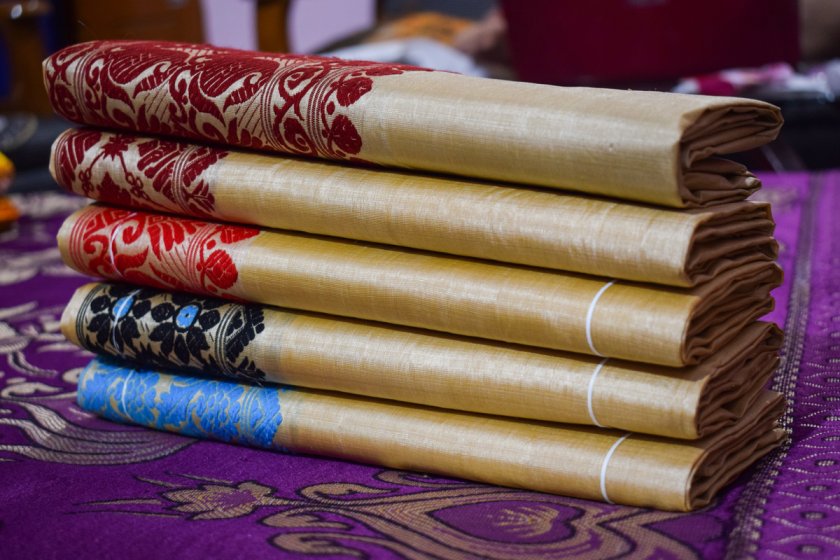
The Disadvantages of Muga Silk
- Costly: The price of Muga silk is as high as gold and is one of the most expensive silks in the world. Muga silk is now so expensive that it has become a treasured possession among middle-class women, just like their gold jewelry.
- Occasion Wearing: While 'Mehelka-Sadar' is a two-piece wedding gown, another variation known as 'Reeha' is used at festivals and religious events. For other events such as formal gatherings and processions, Muga Silk Sarees are highly valued but not for regular use.
- High Maintenance: Muga Silk textiles need to be gently hand washed in cold water with a light detergent.
- Fake Muga Silk: Another issue threatening the Assam Muga silk industry's survival is fake Muga. Chinese Tasar of poor quality is dumped in Assam, with merchants from outside the state forming alliances with local manufacturers. Sualkuchi, the center of Muga manufacturing, has been hit by the issue. It is exacerbated by the use of Tasar silk dyed in the color of Muga, along with copied traditional Sualkuchi patterns being marketed as genuine Muga in Assam stores. So much so that demonstrations against unscrupulous merchants selling contaminated Muga products erupted throughout the country.
- Market Value: The primary obstacle for Muga continues to be the government's and businesses' failure to find a demand in the country and abroad. Despite its many advantages, Muga silk has not been widely embraced as a fabric for particular purposes or as a fashion fabric. One significant factor may have been the lack of large-scale manufacturing prior to the invention of the mechanized method of production. Even after that, advertising efforts for this luxurious silk remain underwhelming on a national level and almost non-existent on an international scale.
Final thoughts
Thus, it is determined that silk, a glossy, valuable natural fiber, is popular due to its status as the "Queen of Fibers" among all fibers and needs meticulous processing to maintain its feel and look. Wearing Muga silk is nothing less than a symbolization of Royalty. It must be treated properly and with great care to get a substantial amount of export revenue.















